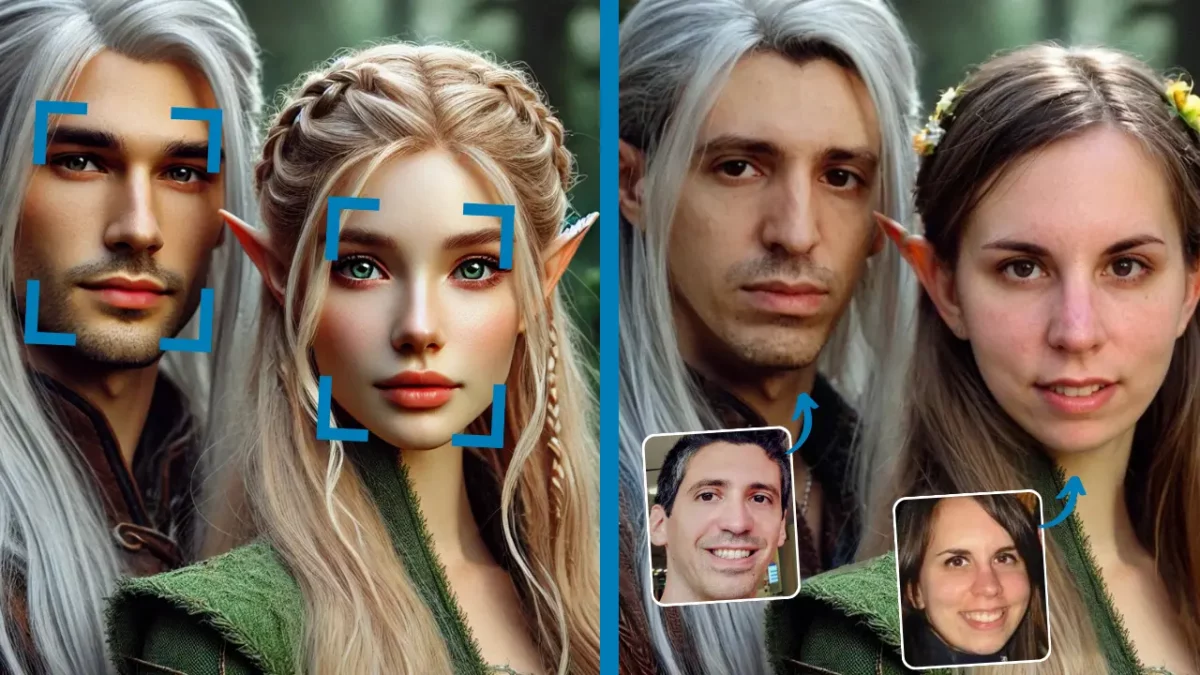Digital images now play a central role in communication, marketing, entertainment, and social media. Artificial intelligence (AI) has introduced a powerful new tool — Face Swap AI. Whether you want to create engaging content, generate personalized avatars, or experiment with photo manipulation, AI-powered face-swapping technology has made the process easier, faster, and more realistic than ever before.
From viral social media filters to advanced video editing, face swapping tools are transforming how we approach visual storytelling and personalization. Thus, let’s understand what face swap is, its benefits, its practical use cases, the APIs we offer, and how this exciting technology can elevate your content creation to new levels.
What is Face Swap?
Face swap AI refers to the use of artificial intelligence to digitally swap faces in images or videos. By leveraging complex algorithms, AI can identify facial features, map them onto another person’s face, and generate a seamless transition that makes the swap appear natural. Therefore, thanks to advancements in deep learning and computer vision, face swap tools can now create highly realistic results in just seconds.
In conclusion, unlike manual face-swapping techniques, which require extensive editing skills, AI automates the process with precision, making face-swapping technology accessible to everyone—from professional graphic designers to casual social media users.
How Does Face Swap AI Work?
At its core, face swap AI uses machine learning and neural networks to detect and map facial features. For instance, here’s a simplified breakdown of the process:
- Facial Detection and Analysis: The AI first identifies key landmarks on both the original and target faces, such as eyes, nose, mouth, and jawline. These landmarks act as reference points for the swap.
- Feature Mapping: Once the faces are detected, the AI maps the facial features from the original image onto the target face, ensuring proper alignment and proportion.
- Image Synthesis: Using the latest technology, the AI by PiktID blends the faces, matching skin tone, lighting, and texture to create a natural-looking result.
- Post-Processing: The AI refines the output, correcting any inconsistencies in the swapped face, such as mismatched shadows or edges, to ensure a smooth final image.
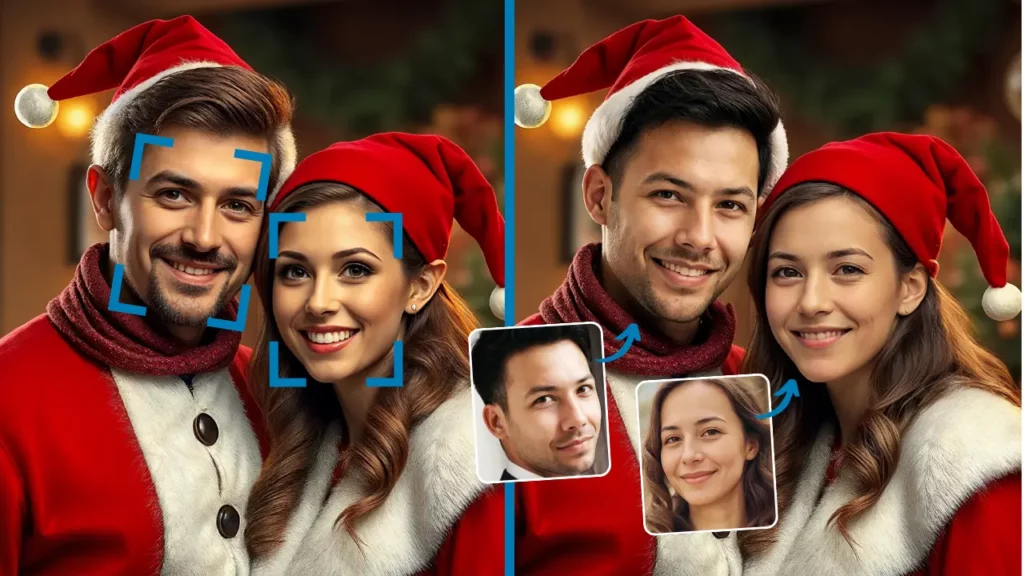
Benefits of Using Face Swap
Face swap AI offers several advantages, whether for entertainment, professional use, or creative projects. Therefore, here’s why this technology is gaining popularity:
1. Time-Saving and Efficiency
Traditional face-swapping methods require hours of manual work in photo-editing software like Photoshop. However, AI face swapping automates the entire process, reducing it to just a few clicks. This enables content creators, marketers, and designers to focus more on creativity and less on the technical details.
2. Realistic and Seamless Swaps
With advanced AI algorithms, face swap tools can produce incredibly lifelike results. For instance, they analyze lighting, skin tone, and facial structure to ensure the swapped face looks as natural as possible. This level of realism is critical in professional applications like movie production, advertising, and virtual modeling.
3. Accessible to Everyone
You don’t need to be a graphic design expert to use face swap using AI. Many platforms are designed with user-friendly interfaces, making it simple for anyone to swap faces in photos or videos. Apps like FaceApp and Snapchat have popularized face-swapping by integrating AI into their filters, allowing everyday users to have fun with this technology.
4. Endless Creative Possibilities
From social media content to digital marketing, face swapping opens up a world of creative possibilities. Want to create a promotional video with different actors or influencers? Need to visualize a character in a new setting? Face swap can do it all, enhancing storytelling and engagement with personalized and interactive content.
Popular Use Cases of Face Swap AI
Face swap is versatile and can be used across various industries and scenarios. You can try out our simple guide on How to Change Face with AI! Here are some popular use cases:
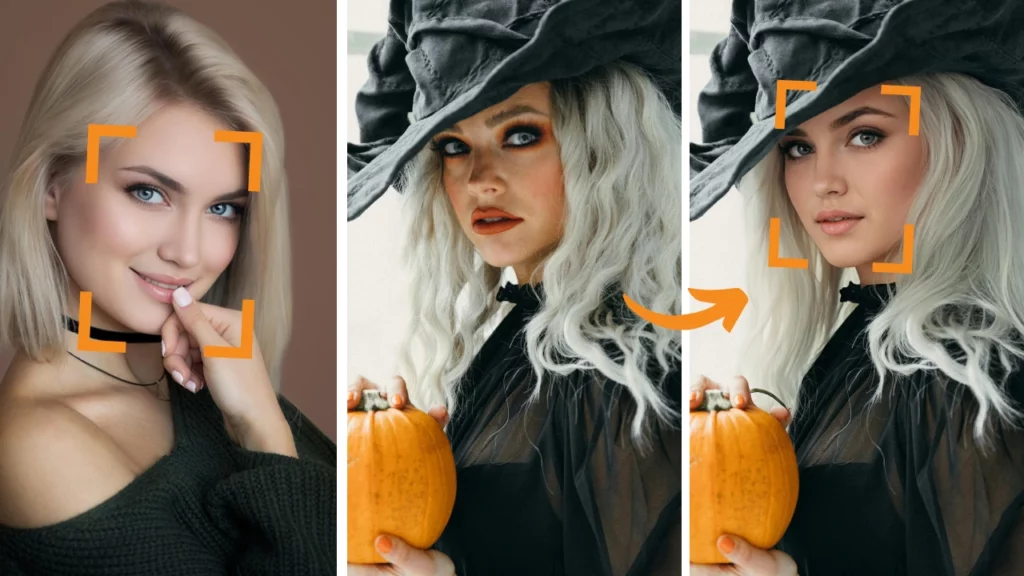
1. Marketing and Advertising
Brands are increasingly turning to face swap for personalized marketing campaigns. By swapping faces with models or brand ambassadors, companies can create custom ads tailored to different target audiences. In conclusion, this creates a more personalized experience for consumers, helps brands connect on a deeper level, and improves campaign engagement through personalization.
2. Events and Brand Activation
Event organizers can leverage face swap AI to enhance the attendee experience and increase the event’s reach. Branded photo booths can allow attendees to swap their faces into fun, thematic, or branded images, creating memorable moments. Thus, these face-swapped images can be easily shared on social media with event-specific hashtags, boosting engagement and expanding the event’s online presence.
3. Face Swap in Branded Apps
Many brands are incorporating face swap AI directly into their apps to boost interactivity. Industries like beauty, fashion, and lifestyle offer users the ability to swap their faces into product campaigns, brand ambassador images, or virtual try-ons. By allowing consumers to see themselves in branded visuals, these apps help personalize the shopping experience and deepen customer engagement, encouraging sharing and interaction.
4. Print on Demand: Custom Mugs, T-Shirts, and More
Face swap is also popular in the print-on-demand market, where businesses can offer personalized products like custom mugs, T-shirts, or accessories featuring face-swapped images. Customers can upload photos, and companies can create one-of-a-kind, face-swapped designs. When paired with a face-focused upscaler, businesses can ensure that even low-resolution images from customers are transformed into high-quality prints. Explore more about PiktID’s upscaling tool here.
5. Film and TV Production
In the film and TV industry, face swapping has become an essential tool for special effects and CGI. It allows for seamless face replacement in stunt scenes or the digital recreation of deceased actors for posthumous roles. Therefore, this technology enhances the realism of visual effects while saving production costs and time by eliminating the need for reshoots.
6. Virtual Avatars and Gaming
It is revolutionizing the gaming world, allowing players to create virtual avatars that resemble their own faces. For instance, this personalized touch adds a unique element to the gaming experience, making it more immersive and interactive for users. Players feel more connected to their characters, enhancing overall engagement and enjoyment.
7. Historical Restoration
Face swap is being used in historical restoration. By replacing or enhancing faces in old photographs and videos, historians and filmmakers can recreate historical events with modern actors. This technology helps breathe life into the past, but it’s essential to use these tools responsibly, especially given the ethical concerns related to deepfakes.
APIs Offered by PiktID
At PiktID, we offer face swap AI APIs that empower businesses, developers, and creators to integrate face-swapping capabilities directly into their applications and workflows. These APIs allow you to:
- Seamlessly integrate face swap technology into mobile apps, websites, and software platforms.
- Automate face-swapping in bulk, ideal for marketing campaigns, events, or content production.
- Customize face swaps with advanced options, including lighting adjustments, feature mapping, and blending controls to ensure the highest quality results.
- Scale face swap solutions for large projects or events, offering flexibility and efficiency.
These APIs are perfect for app developers, creative agencies, and businesses looking to leverage AI-powered face-swapping for their audiences. Learn more on https://api.piktids.com/docs#
Ethical Considerations of Face Swap AI
While face swap offers exciting creative possibilities, it also presents ethical challenges. The ability to create realistic deepfakes—AI-generated videos or images that swap faces to create fake yet believable content—has raised concerns about misinformation, privacy, and consent.
To address these issues, many AI companies are developing safeguards to detect and prevent malicious use of face-swapping technology. Additionally, it’s essential for users to apply face swap responsibly and respect the privacy and rights of individuals involved.
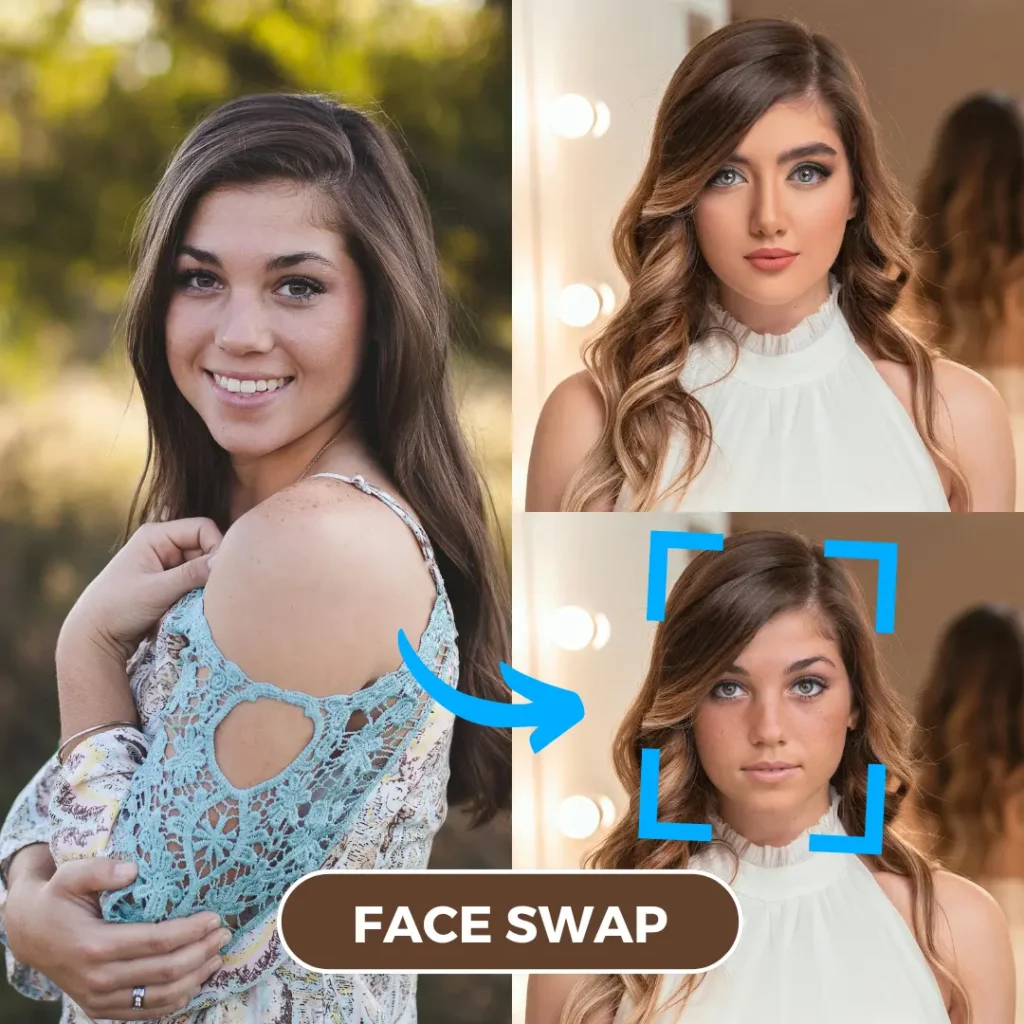
Choosing the Right Face Swap AI Tool
With so many face swap tools available, it’s important to choose one that fits your needs. Here are some key factors to consider:
- Ease of Use: Look for platforms that offer intuitive interfaces, especially if you’re new to face-swapping.
- Customization Options: Some tools provide advanced features for refining face swaps, like adjusting lighting, expressions, or blending intensity.
- Realism: Prioritize AI tools that generate realistic swaps to ensure your final images or videos look polished and professional.
- Privacy and Security: Ensure that the platform you choose has strict privacy guidelines to protect personal data and prevent misuse.
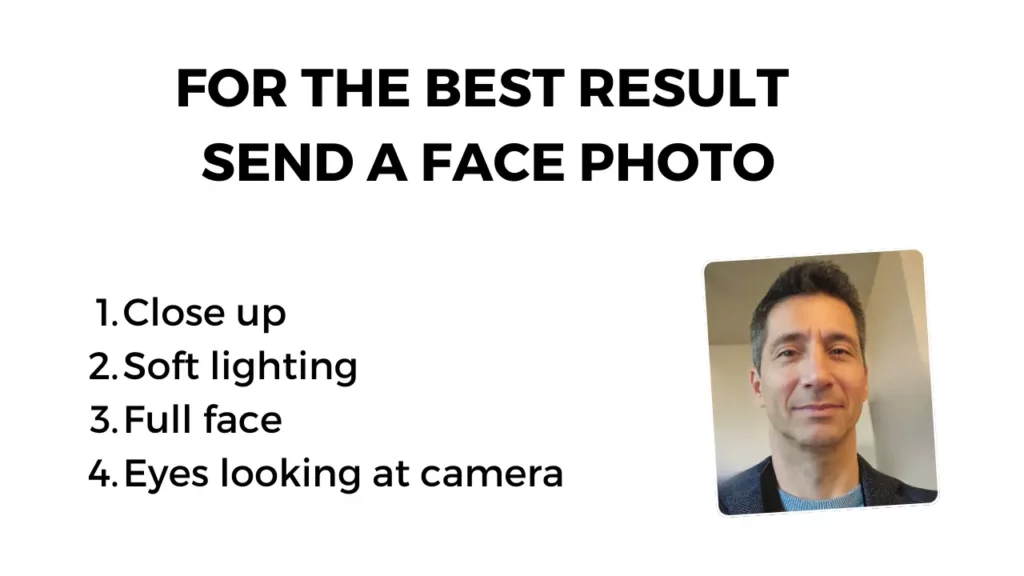
The Future of Face Swap
Face swap is transforming how we interact with digital images and videos. Its ability to create realistic, personalized, and engaging content has made it a powerful tool in various industries. From social media fun to professional marketing campaigns, AI-powered face-swapping technology is revolutionizing creativity and content creation.
As AI continues to evolve, it will open up even more possibilities for innovation. However, with these advancements comes the responsibility to use the technology ethically and protect against potential misuse. With the right approach, face swap is set to become an essential tool for creators, brands, and consumers alike.

